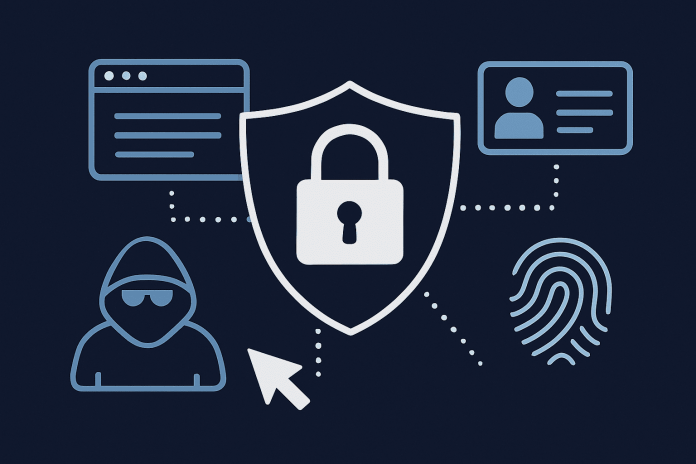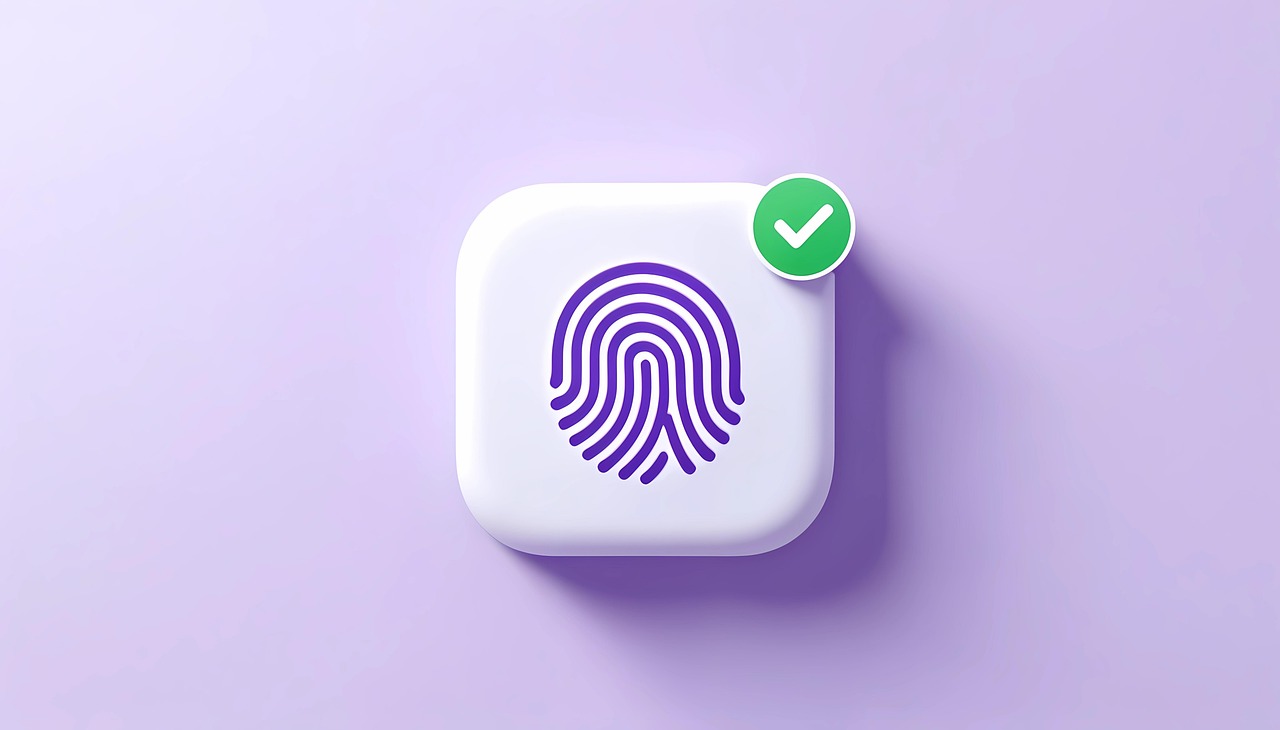Is it the End of Passwords? Read this Summer 2025 Digest on Cybersecurity Reset
The use of rolling password changes and multi-factor authentication (MFA) is no longer enough to protect modern accounts and systems. The summer of 2025 demonstrated the need for a shift in cybersecurity measures to ensure greater protection during a season marked by numerous breaches, fixes, and evolving authentication rules.
Fraudsters have moved beyond traditional brute force dictionary or social engineering attacks to target sessions, tokens, and identities. The recent summer’s reported incidents represent a significant shift in how businesses and regulators should rethink passwordless authentication as the baseline, rather than an experiment. That includes using Zero Trust methodologies to guide such changes.
For WWPass, this digest captures the shift that defined the summer of 2025: a season that reset the baseline of digital security and brought passwordless authentication into the mainstream.
Table of Contents
Credential Attacks: A Summer of Record-Breaking Breaches
Consumers and cyber experts can no longer view passwords as a reliable benchmark for online safety and security. Too many high-level incidents highlighted how such reliance lowers defense resiliency and turns regular operations into new vulnerabilities.
16 Billion Credentials Stolen
To start the string of massive online attacks, Forbes reported that over 16 billion user credentials and authentication passwords were compromised, including those of Apple, Facebook, and Google. Researchers discovered over 30 exposed datasets containing tens of millions to over 3.5 billion records each. These weren’t older leaks from historical accounts, but current credentials in the hands of attackers.
The real crux in this breach, besides the sheer volume of data, was the inclusion of cookies and tokens alongside passwords. Access to such tokens goes well beyond a simple leak of information or credentials. It represents a more advanced level of attack that is becoming increasingly common. Hackers could use this info to verify credentials, completely bypassing MFA systems.
Targeted Phishing in a New Era
On June 30th, researchers reported a campaign showing that even MFA is not a guarantee of safety. The report described an attack in which hackers created fake Microsoft OAuth applications combined with Tycoon Man-in-the-Middle (MitM) attacks to bypass MFA.
The attackers didn’t rely on uncovering a long list of credentials or run through common password combinations and then clone second device authentication. They actively got around any 2FA/MFA security protocols to mimic authentication.
Most of these fake MitM attacks targeted Microsoft 365 accounts, which are used by over 3.7 million companies worldwide.
Expanding Mass Phishing to Core Infrastructure
As the summer continued, researchers highlighted a recent surge in Adversary-in-the-Middle (AitM) phishing attacks on Microsoft 365, including Outlook. The goal here was to intercept session cookies. One such incident came to light when French operator Bouygues Telecom disclosed a breach impacting 6.4 million customer records.
The initial point of impact was a simplified phishing attack or stolen credentials, but it quickly spread across the rest of the company. At the same time, both the FBI and CISA issued a joint advisory on the Play ransomware group. The group had already compromised over 900 organizations across the United States and Europe, all with the same story of stolen credentials and vulnerabilities in remote monitoring systems.
The Implication of a Hot Cyber Summer
When viewed as singular incidents, these attacks are significant, but not overly concerning. When you take a step back to the macro perspective, a story of greater implications unfolds. The summer of breaches clearly marks how MFA, 2FA, and complex passwords with SMS code backups are no longer enough.
If a company wants to survive the cyberattacking era of sophisticated and AI-backed methodologies, they must shift to phishing-resistant authentication methods that go beyond FIDO2, passkeys, and hardware tokens.
From Passwordless Experiment to Mainstream Adoption
Passwordless authentication is no longer an experiment. It is the new baseline reinforced by the cybersecurity environment in the summer of 2025. While these events don’t necessarily spell the end of digital asset protection, they represent a significant shift that must be adopted and scaled.
Microsoft Moves on From the Password Era
Microsoft announced that by June 2025, users would no longer be able to rely on the autofill option in the Authenticator App. The simple goal is to migrate users from generic passwords over to passwordless authentication using passkeys and Windows Hello.
Keep in mind, there are hundreds of millions of users relying on the Authenticator Application. This one shift is a clear shot across the digital bow that passwords are history. When the world’s largest OS and cloud provider makes a change, it becomes an industry standard.
More Industries Jump the Password Ship
It didn’t take much for Mastercard to also introduce passkeys for online payments in Europe. They achieved nearly 50% ecommerce market penetration in that region almost immediately, mirroring the earlier Yuno biometric partnership, which occurred earlier in the year. Banks and payment providers understand passwordless tokenization is a powerful way to reduce fraud while accelerating services.
Early Adopters Enter the Industry with Evolving Tech
More organizations and governments are recognizing the need to move beyond password-only authentication. In the UK, the World ID launched, using the “Orb” iris-scanning biometric device to verify users. Popular platforms like Minecraft and Discord are already rolling out tests that are dividing audiences between privacy advocacy and mainstream integration of biometric identification.
Vendors like RSA are also utilizing passwordless solutions in corporate-grade risk management features, and Kaspersky has published guidance on passkey use for advanced users. Again, the industry signals how the ecosystem is maturing from experimentation to global acceptance as the market shifts and adjusts to modern attacks.
The Big Summer Takeaway
Passwordless authentication can no longer be considered an experiment. Giants like Microsoft, Mastercard, Kaspersky, and others are all making changes to accommodate the use of biometrics, tokenization, and other technologies that clearly indicate a new security baseline.
When Zero Trust Becomes the New Mandate
As passwords are no longer sufficient to meet evolving regulatory standards, organizations must adapt to ensure compliance. Traditional trust chains are failing as examples of MFA breaches become more mainstream. At every level — from government agencies to regulators to enterprises — the pressure of breaches pushed adoption of Zero Trust.
The summer of 2025 is the turning point where Zero Trust became the new standard, reinforced by regulatory mandates, strategic alliances, and major vendor initiatives.
The U.S. Implements New Zero Trust Goals
The White House recently issued Executive Order 14306 mandating that all federal agencies adopt Zero Trust policies by moving beyond MFA to least-privilege access. If vendors or contractors wish to do business with the U.S. federal government, they must follow suit.
Europe Forms Cyber Alliances
Not to be outdone, the EU accelerated the transposition of the NIS2 directive into national law. When combined with the proposed Cyber Resilience Act, a new regulatory framework emerges. By default, all member states must integrate MFA, privileged control, and greater security protocols.
Some individual countries also increased standards. For example, in Italy, defense giant Leonardo acquired a 24.55% stake in Finland’s SSH Communication Security. The company declared its ambition to lead Europe’s Zero Trust market. Such strategic partnerships outline how the trend of Zero Trust standards is cemented into regulation and “business as usual.”
Vendors Develop Stronger Security Infrastructure
Zero Trust adoption is also being driven by major vendors, not just governments. Vendors like Cisco Live unveiled Universal ZTNA and a Hybrid Mesh Firewall that embeds Zero Trust into the network infrastructure. Microsoft went even further by introducing Entra Agent ID, a digital identity system for AI agents. These steps show that Zero Trust is expanding beyond users and devices to cover AI tools and integrations as well.
Why Does it Matter?
Zero Trust is no longer a vision. The summer of 2025 marks a significant milestone, as it is now law in many leading nations and is already being adopted by global businesses and organizations. Everything suggests that technology is changing and governance is evolving. Compliance now demands alignment with Zero Trust. It has become law through high-level executive orders, EU directives, and industry leader adoption.
In Perspective: What Summer 2025 Set in Motion
Cybersecurity is no longer about guarding digital assets and secrets. It is about managing trust between vendors, governments, industry leaders, and individual users. The old model of static credentials has collapsed. A new paradigm where context, identity, and continuous verification define the perimeter — with passwordless and Zero Trust as the baseline.
For the first time in digital history, regulators, Big Tech, and enterprises are all making similar shifts. From EU directives to U.S. executive orders, people want passwordless as the technique and Zero Trust as the framework.
Even with these momentous shifts, there is no silver bullet for online attackers. Zero Trust will not stop the online arms race. Attackers will continue to evolve, and the targets of tomorrow could be the systems of today.
As for now, the summer of 2025 marks a significant change to security procedures. It demonstrates that when breaches expose greater fragility, a rapid response to build a more resilient digital architecture is possible. The summer of 2025 will be remembered less for what it broke than for what it set in motion: the rapid shift from fragile defenses to a more resilient digital architecture.
INTERESTING POSTS
About the Author:
Eugene Shablygin is the founder and CEO of WWPass, a global provider of secure authentication and data management solutions. With more than 30 years of leadership in technology and IT services, he is committed to advancing security, privacy, and efficiency in digital business environments.










